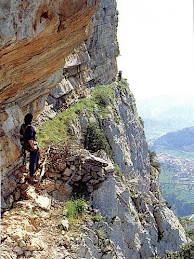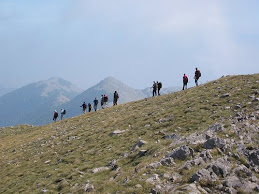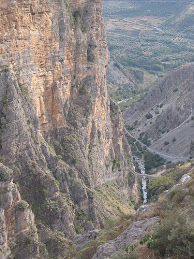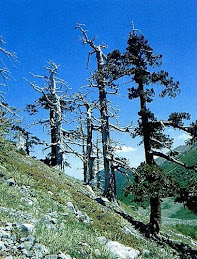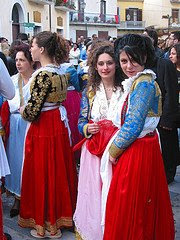






Students socialized with the other students working together in the kitchen for the Comenius dinner but also finding time to go around the town and have fun talking in French , English, Italian to start friendships.
They all had great time there with the other partner students!! They hope some of the new friends come to Italy for the meeting!!!!!!
That's what they said about their Comenius experience :
Fabiana:" It was a wonderful experience.....it was the first time out of school where I met other students, the Italian students from Soverato, La Spezia and of course the French students. We had great time and we did many things together!!! We socialized and had fun ! The school is very different from our school...it is very nice and have nice equipment!!!!
Giovanna: " The town is very nice and we had fun with the Italian girls at the hotel....we didn't sleep much..... The French students are very nice....the boys are good looking !!!
Lorenzo: " This is my first time !!! nice experience! we spoke a little French but they know also a little English!!! The girls are very nice!!! Hope they come to Trebisacce for the final meeting!!!
Pino and Rocco" we loved to be in Montauban...but we loved to meet the other students...they are very nice!!!!! we went out together and we worked in the kitchen together ! It was a nice time!!
Ana and Chaiba " We are from Ucraina and Morocco and we are very happy we were at Montauban. It was nice....we don't travel much.....It was not difficult for me from Casablanca I learnt French at school! Our families are in Italy for job!!!

















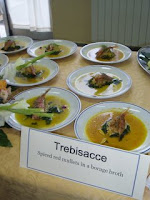


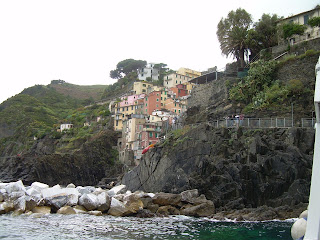



























 Fennel
Fennel 






